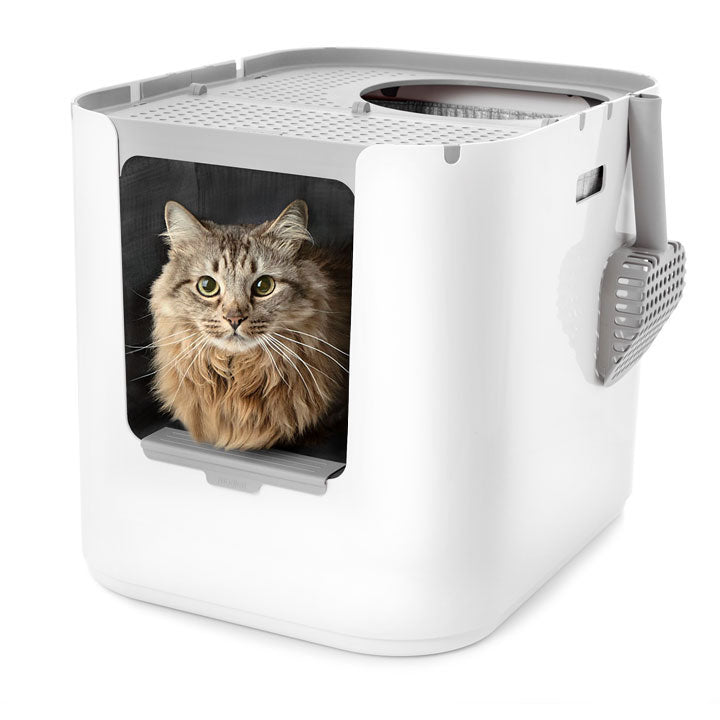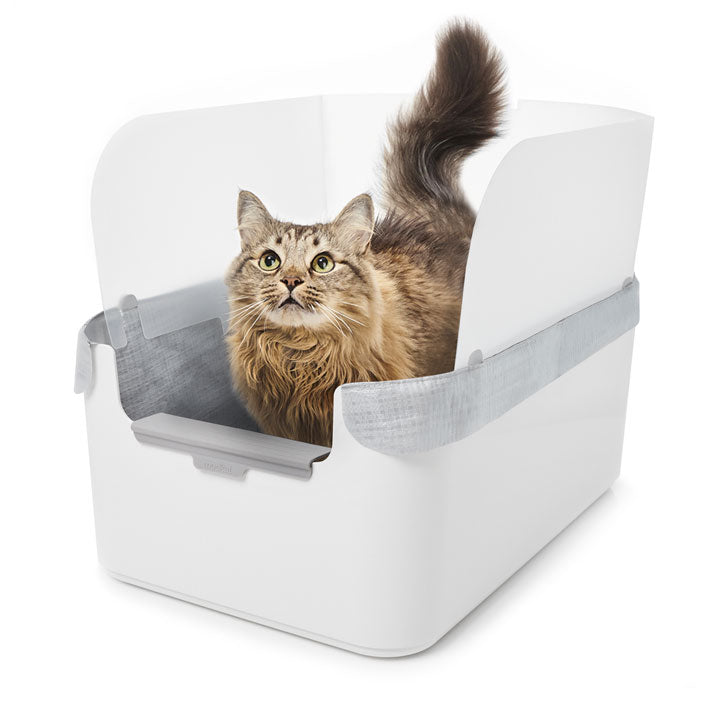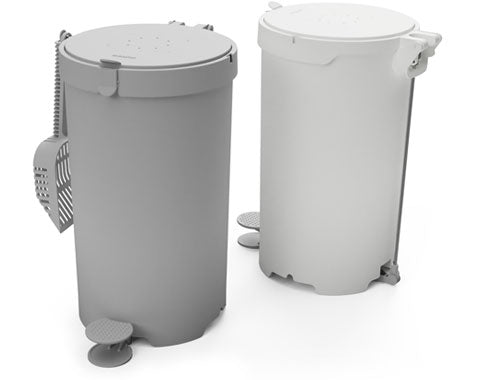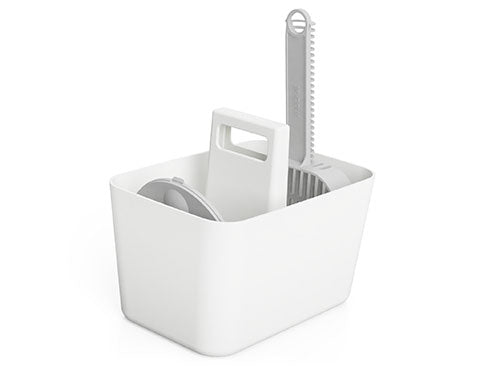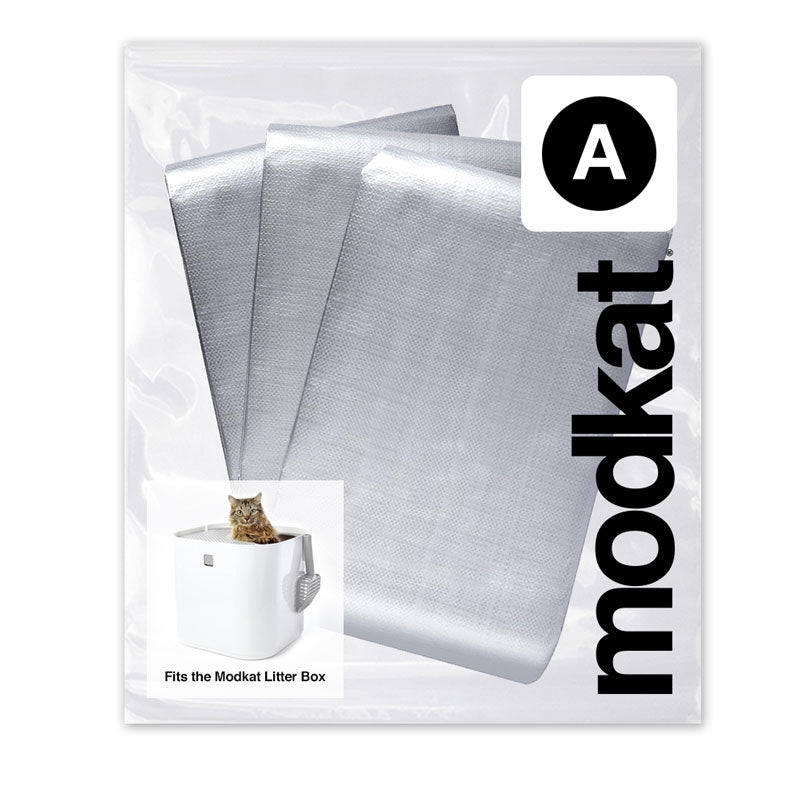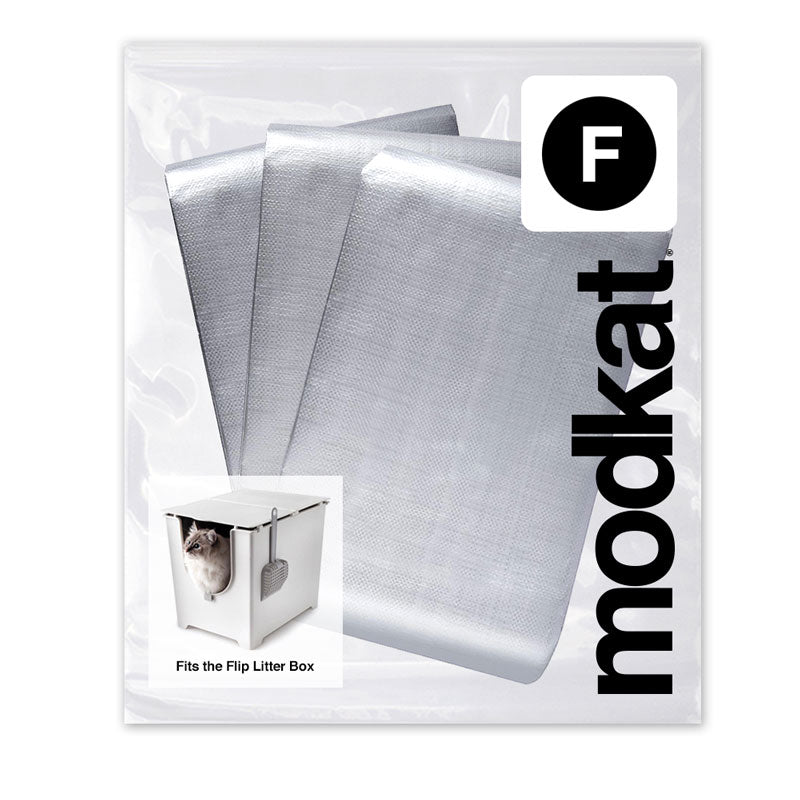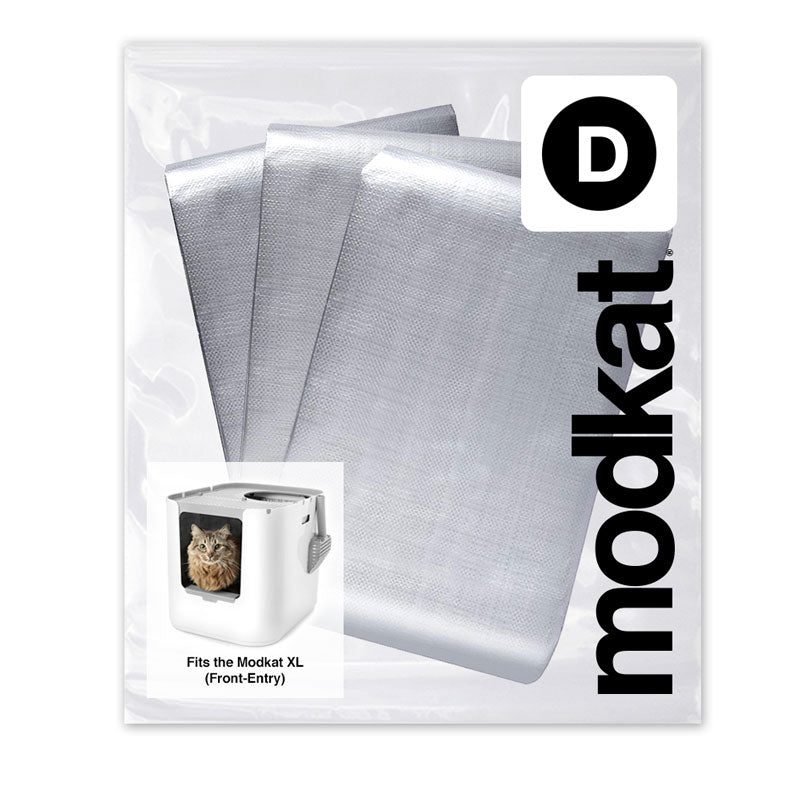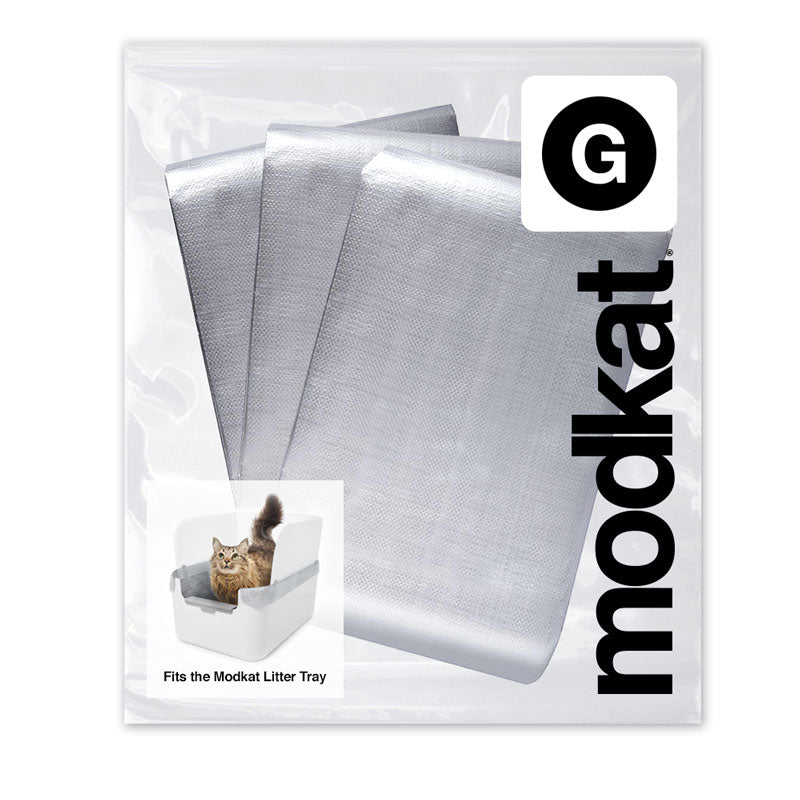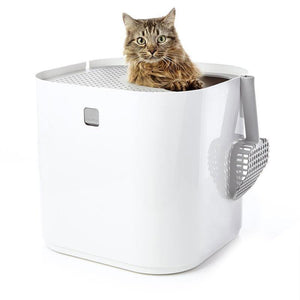Litter Boxes
Accessories
Liners
Can you GPS your cat?
If your cat has ever escaped, you understand the worry and trouble that 15% of other pet parents have experienced.
An estimated one in three household pets will wander away during their lifetime. Finding them through reward posters, knocking on doors, and calling local shelters is often a fruitless process. Fortunately, new technology can help us locate our lost friends so we can bring them home safe.
Why use a pet tracker for cats?
About 14% of dogs and 15% of cats will get lost at least once. But according to the ASPCA's survey data, 93% of dogs will return home while only 75% of cats get reunited with their human families. Once a cat enters a shelter, its chances of going back to its people drop to a nearly insignificant 2%.
Far fewer lost cats make it home than lost dogs. Why? Because dogs are far more likely than cats to have tags, microchips, or GPS technology attached.
It's heartbreaking to lose an animal you love no matter the species, so let's talk about the best technology to keep our cats as safe as we keep our dogs.
What's the difference between a tracking device and a microchip?
A microchip is a radio-frequency identification (RFID) implant that a vet inserts under your pet's skin. This chip contains a unique identification number. If someone finds your lost pet and takes it to a veterinary clinic or shelter, the staff scan the animal for the chip. The scanner registers the number, and the staff reports it to a national registry, which in turn notifies you of your pet's location. Microchipping costs about $45, and it's well worth the money since reunification rates are about 20 times higher for microchipped pets than for those without identification.
Unlike a microchip, which only works if a Good Samaritan finds your pet and takes him to a vet, a pet tracker uses either radio frequency or a GPS. It lets you identify a missing cat's location the minute you notice she's slipped away.
A radio-frequency device like Tabcat Cat Tracker sends messages between the handset and the cat's tag to let you know how far away your cat is and in which direction. A GPS device like Whistle 3 GPS Pet Tracker & Activity Monitor relies on satellite technology to give location and time.
Some reviewers say a radio frequency device is better for short distances, such as when your cat is trapped in the cupboard or the basement. A GPS may be the right choice when your cat has escaped your property altogether.
Both options usually have initial hardware costs and monthly fees that vary depending on the brand you select.
Which pet tracker should I choose?
Three of the market's best options include:
A small, lightweight, waterproof device, Whistle 3 comes with an app so you can track your cat's location and activity at any time. It attaches to the animal's collar and works on pets weighing 8 lbs or more. The service requires a subscription, but you can add family and friends to your account for free as of January 2018.
Pawscout is more than a tag. It's a community. Once you and your cat become Pawscouters, the app on your phone will notify you if you come within 300 feet of a Pawscout animal. It will provide you with contact information for the pet's family so you can notify them of their missing animal's whereabouts. Other Pawscouters will do the same for you and and your cat.
Lightweight and good for distances up to 400 feet, Tabcat can pinpoint you to within one inch of your missing cat. It also includes a signal system you can use to train your cat to come home. Tabcat requires no monthly fees, comes with a two-year warranty, and has a 30-day money back guarantee.
Science
Finding lost animals isn't the only thing pet tracking technology is good for. Scientists are using GPS trackers to find out where cats are going when they're left outside unsupervised. They want to learn what threats free-ranging cats face and what their impact is on the area's wildlife. To find out if your cat can take part in the project, learn more at www.cattracker.org.
Healthy, happy cats need a way to get home if they're lost or stuck. Consider a microchip or tracker. If you have a story about losing your cat and finding him again, let us know so we can help share your experience with others.
“It looks nicer than any other hooded or open option we considered.”

Purrr News.
Join our email list and get exclusive access to new products, the best cat litter box health articles, and 10% off your first order!
Similar products related to this blog:
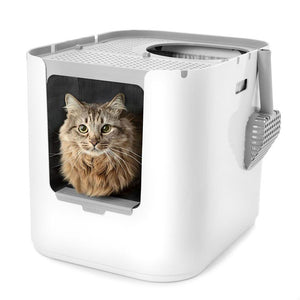
"It looks nicer than any other hooded or open option we considered."

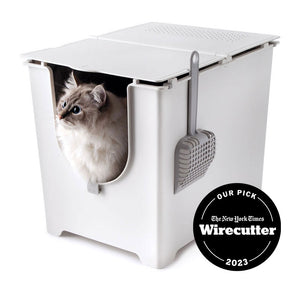
"This litter box keeps everything in, nothing gets out the sides."
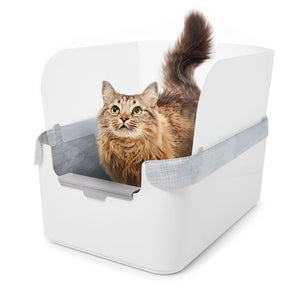
"My beautiful ragdoll cat and I both love the new Modkat Litter tray!"

